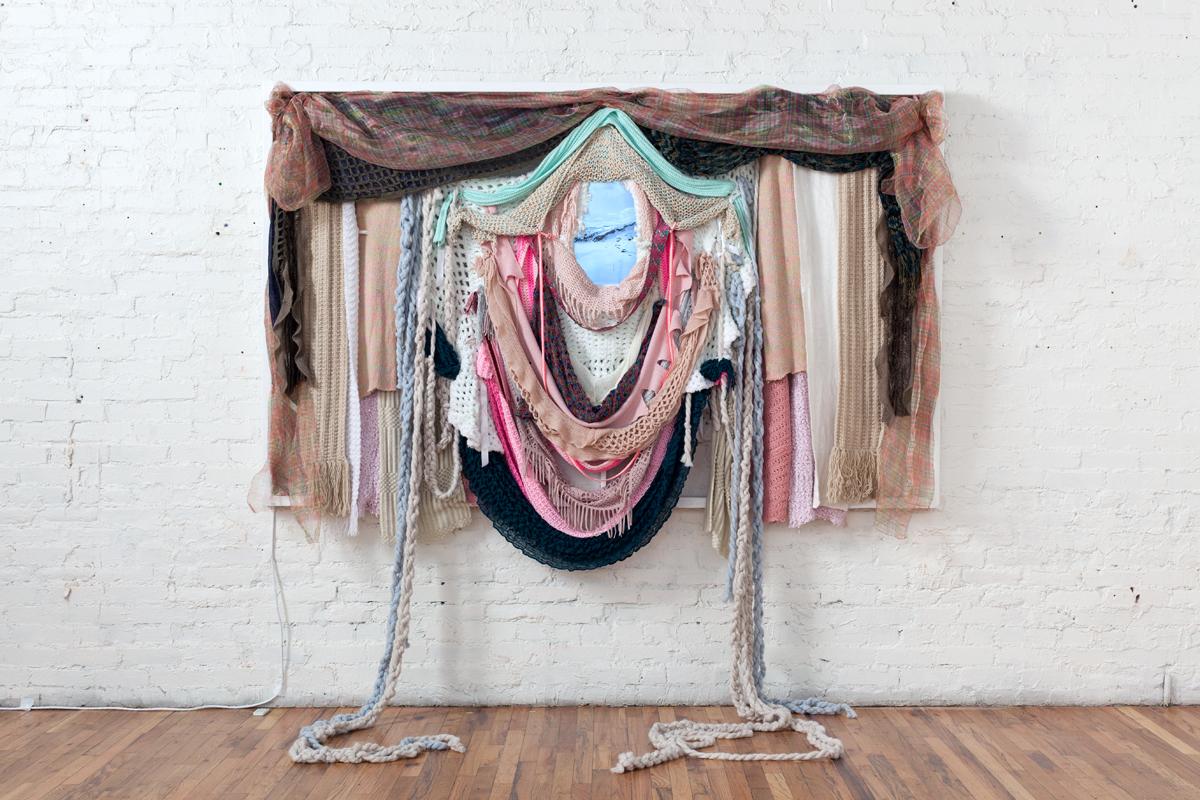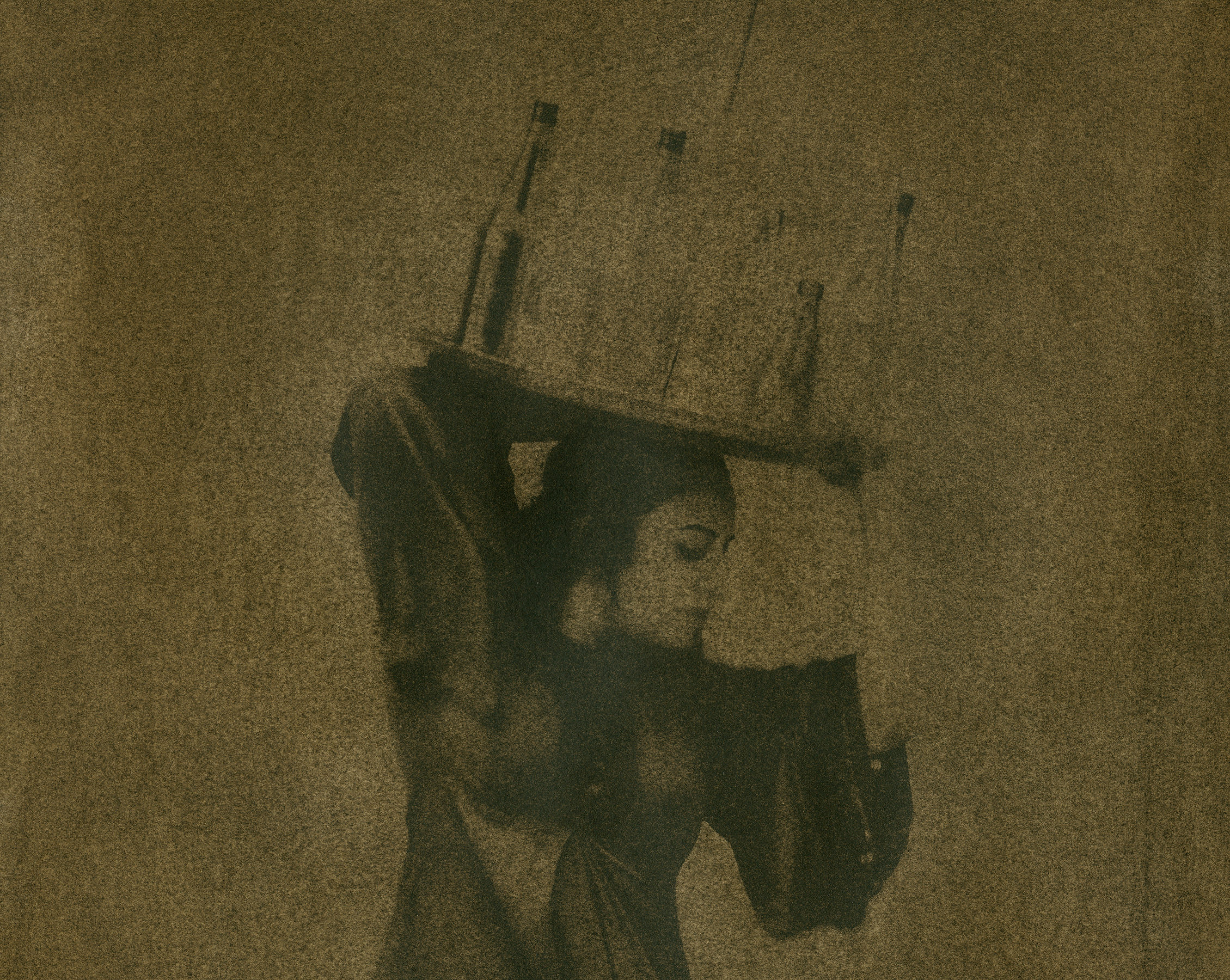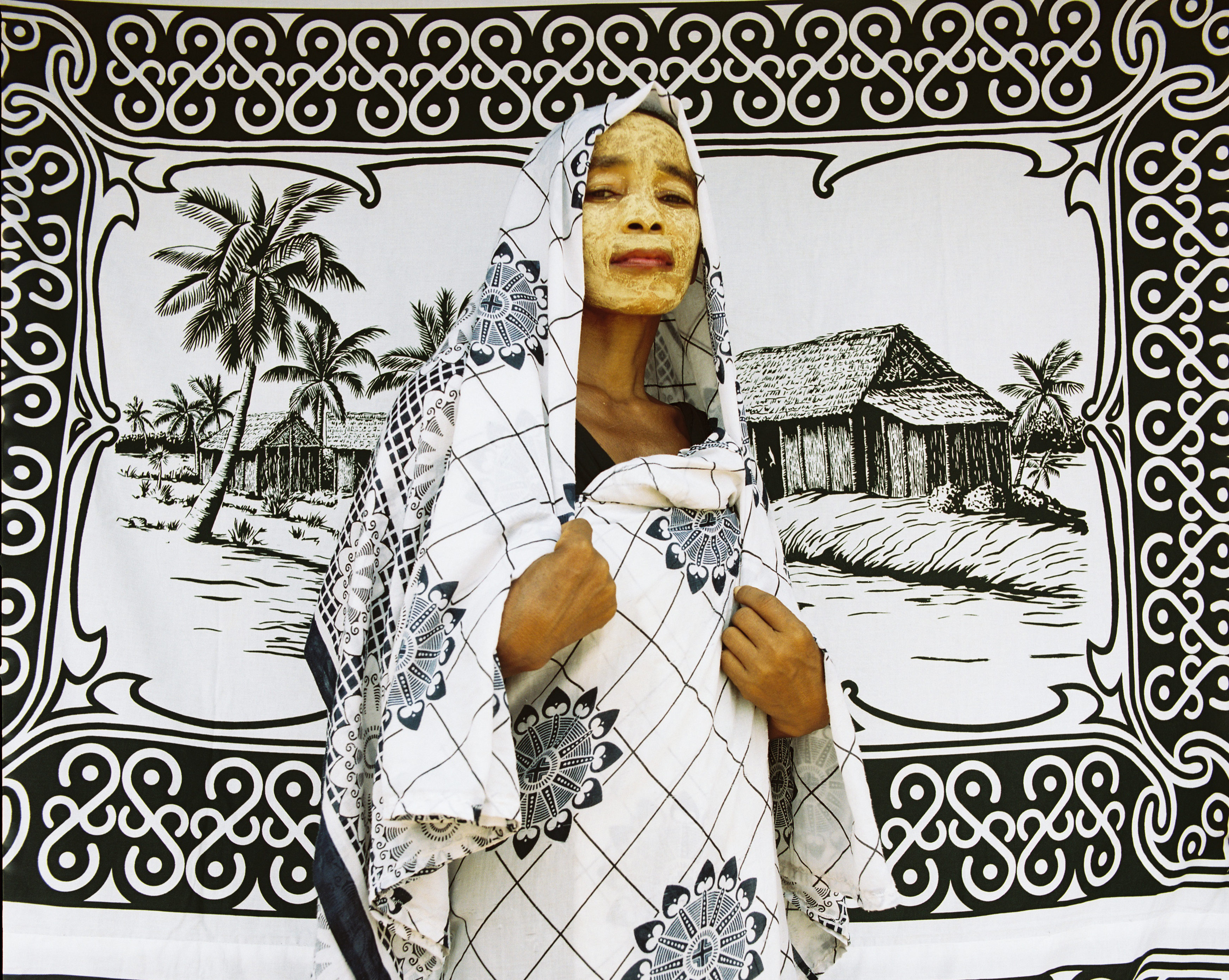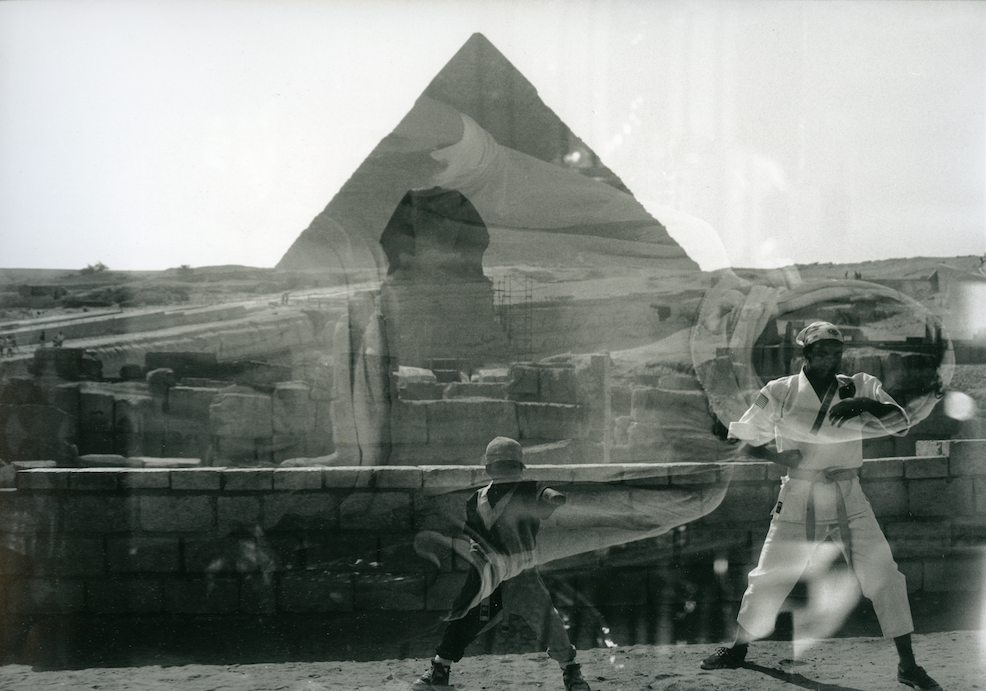.

editorial director’s note
By Grace Aneiza Ali
Women’s Work: Art & Activism in the 21st Century on view at Pen and Brush in New York City takes as a point of anti-departure, Oxford Dictionary’s definition of women’s work as: “Work traditionally and historically undertaken by women, especially tasks of a domestic nature such as cooking, needlework, and child rearing.” Despite the last century of groundbreaking, audacious change and catalysts, the dictionary still hasn’t caught up to us. Neither a dismissal nor a trivializing of this definition, the exhibition is grounded in the belief that all women’s work, within the realm of the domestic and beyond, is valuable. However, it acknowledges that the definition has rightly evolved, and must continue to do so, across centuries and geographies.
Women’s Work presents five global contemporary artists-activists who continue to expand the definition of women’s work and expose its complexity, nuance, and ever-evolving nature. Through dynamic art practices, they generously lend their intelligence, thoughtfulness, artistry and agency to reimagine women’s work as arts activism in the 21st century.
For Sama Alshaibi, that work is to re-visualize the historical and contemporary image of the Middle Eastern woman. For Cuban-born María Magdalena Campos-Pons, women’s work is rooted in the intersections of art and healing. In challenging the dismissal of women’s handmade traditions, Suchitra Mattai works to elevate the artistry of women of the Indian Diaspora. Through her portraiture of Malagasy women, Miora Rajaonary usurps a history of Madagascar rarely written by women. And, for Ming Smith, to bear witness, to document, to show up and be present in lands near and distant, is women’s work.
Collectively, these artists remind us that women’s work is rooted in activism, justice, healing, service, and resistance. Women’s Work is a provocation for us all—to reclaim the term and to make space for its reinventions and future possibilities.
Featured Articles
Sama Alshaibi: Strength as a Constant
BY ISABELLA ELLAHEH HUGHES
Central to Sama Alshaibi’s practice is the artist-as-activist stance her work communicates via a recurring female protagonist. In Carry Over, a series of gumoils featuring historic practices of ‘women’s work’ woven among subjects that question past and present injustices, the female protagonist is once more on view in a variety of socio-historical gazes. There is an embrace yet contradiction to all that we think we know about women through visual culture transmitted over centuries—from odalisque paintings, to early photography, and more recently, photojournalism and 21st century digital media outlets.
..
 María Magdalena Campos-Pons: Entangled Genealogies of Women’s Work
María Magdalena Campos-Pons: Entangled Genealogies of Women’s Work
BY TAO LEIGH GOFFE
Cuban-born artist María Magdalena Campos-Pons beckons the audience to experience her personal history, the history of Cuba, and the trauma and resilience of African enslavement and Chinese indenture, which are both part of her ancestry. The spiritual and the ritual are central to her oeuvre. In Angel’s Trumpets, Devil’s Bells, featuring Cuba’s campana flower, the nine panels signify separation, segmentation, exile, and cohesion as the poetics of the diasporic condition.
Suchitra Mattai: Delicate Unravelings 
BY MARISA LERER
Suchitra Mattai illuminates women’s work through intermedia projects that reflect both tradition and technological rifts and shifts. Found and readymade objects, from vintage saris to cut-up magazines, populate Mattai’s oeuvre. The artist uses woven textiles, mass-produced objects, and video as materials to create invented landscapes—often inhabited with women protagonists (or traces of them)—that are reflective of diasporic histories and inter-generational memories.
Miora Rajaoanary: The Dignified Gaze of Malagasy Women
BY ERIN HANEY
In her attuned gaze, evidenced by the collaboration and deep sense of intimacy between the artist and her multi-generational Malagasy subjects, Miora Rajaonary arrays the style, substance, power, and beauty in her portraits of women from Madagascar. In doing so, she imagines and accumulates a new set of narratives, first for herself as a Malagasy woman, and secondly for a larger purpose of representing women from a part of the world that largely remains under-the-radar.
..
BY MIRIAM ROMAIS
History, and art history, repeatedly show us how women have been disregarded and continue to be omitted. In these images, photographer Ming Smith is creator, mother, and photographer. An artist asserting herself—quite literally inserting herself—in ways that confront the invisibility the world has imposed.



